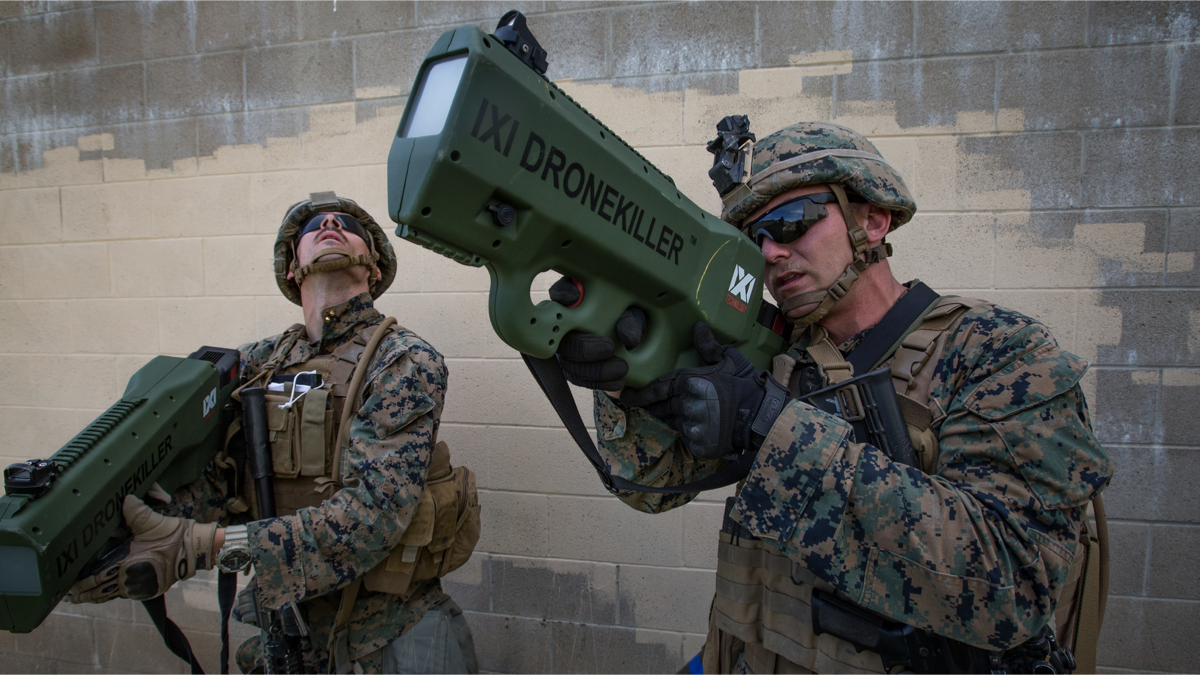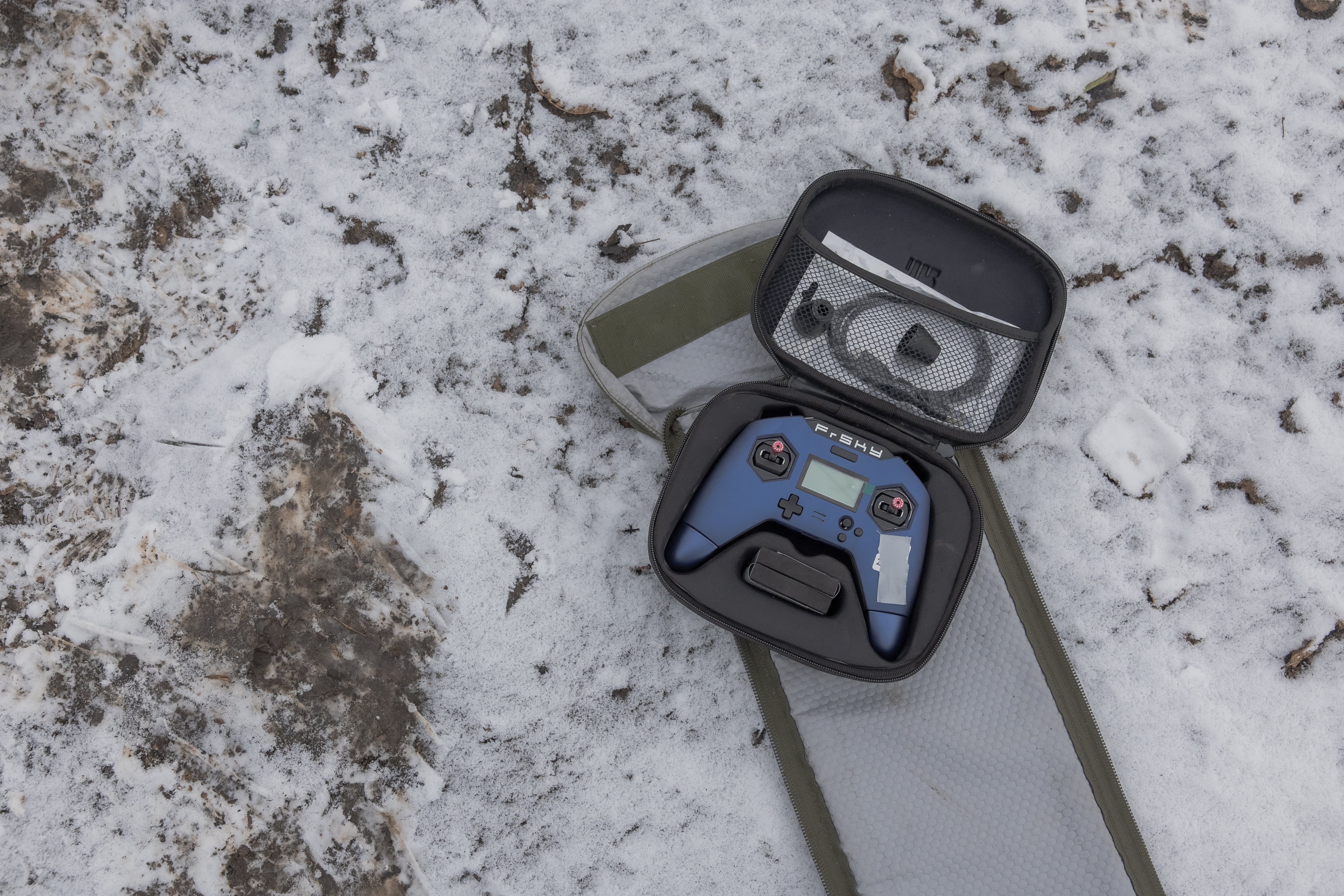War doesn’t change so much as it iterates. The ongoing conflict in eastern Ukraine, pitting the government of Ukraine against Russian-backed separatists, is less a concise picture of modern warfare than it is a mashup of trends in war from across the last century.
Take, for instance, the recent bombardment of trenches along the M14 highway near the Taganrog Bay in the eastern end of the Sea of Azov. Inside the trenches were separatists aligned forces, and above them, doing the bombing, was a commercial drone.
“The uploaded video showed three ‘bombing runs’ from the drone, targeting trenches controlled by Russian and separatist forces along the M14 highway, which runs along the Azov coast between government-controlled Mariupol and Russia,” reports the Minsk Monitor.
Drones have bombed targets for years, but this is no military grade bomber. While the make of the model is unclear, the video showing the bombing is captured inside a DJI flight control window, likely placing the drone squarely within the massive Chinese manufacturer’s product line.
That display may suggest that the drone used is a Mavic or Phantom series, though without a picture of the actual drone it’s hard to infer which model it is.
“DJI strongly deplores any attempts to use our drones to cause harm; we build our products for peaceful purposes,” said a DJI spokesperson. Anticipating a question about why the drone’s internally programmed flight restrictions did not automatically prevent this use, they continued: “Geofencing is for people who want to follow the law, and is not designed to defeat people who are consciously trying to do ill.”
Regardless of model, the commercial off-the-shelf bomber is a feature of a world with cheap, easy-to-use quadcopters, and not the specific domain of any brand. And it’s all been done before: most notably, during the long battle for Mosul, ISIS used quadcopters to drop grenades are targets below.
What can we make, then, of this latest bombing run? Drones and trenches have been part of the war in Ukraine since almost its start, and it makes sense that drones are not just directing artillery but now actually delivering bombs. There is also an evolution of drones from an exclusively uniformed domain to a tool fielded by irregular militias in combat with one another. For observers and scholars plotting out the course of future war, the use of quadcopters as scouts and weapons has been followed by an explosion in counter-drone technologies, including some spotted in action on the Ukrainian front.
In a real way, cheap drones condense the major tactical advantages of the earliest military aircraft into a compact tool, providing immediate real-time functionality on a scale Pershing could only have dreamed of, at a cost roughly equal to that of a single modern rifle.
The Pentagon, at least, is taking notice. In its latest budget request, the Department of Defense is asking for more than 2,000 quadcopters, and the Marines are already training toward a goal of a drone in every squad.
Kelsey Atherton blogs about military technology for C4ISRNET, Fifth Domain, Defense News, and Military Times. He previously wrote for Popular Science, and also created, solicited, and edited content for a group blog on political science fiction and international security.








